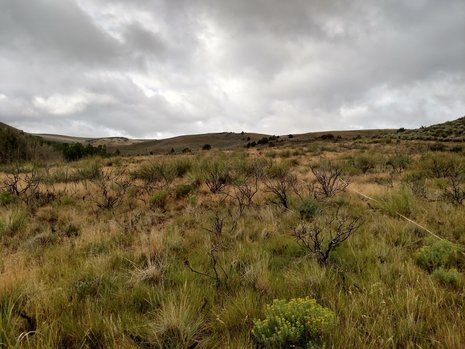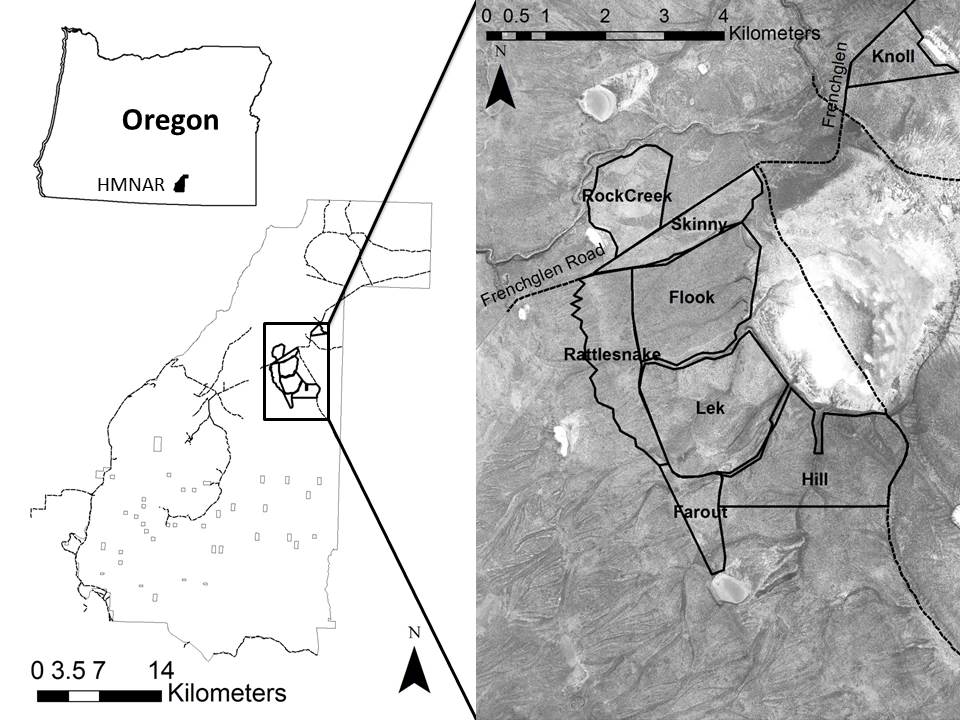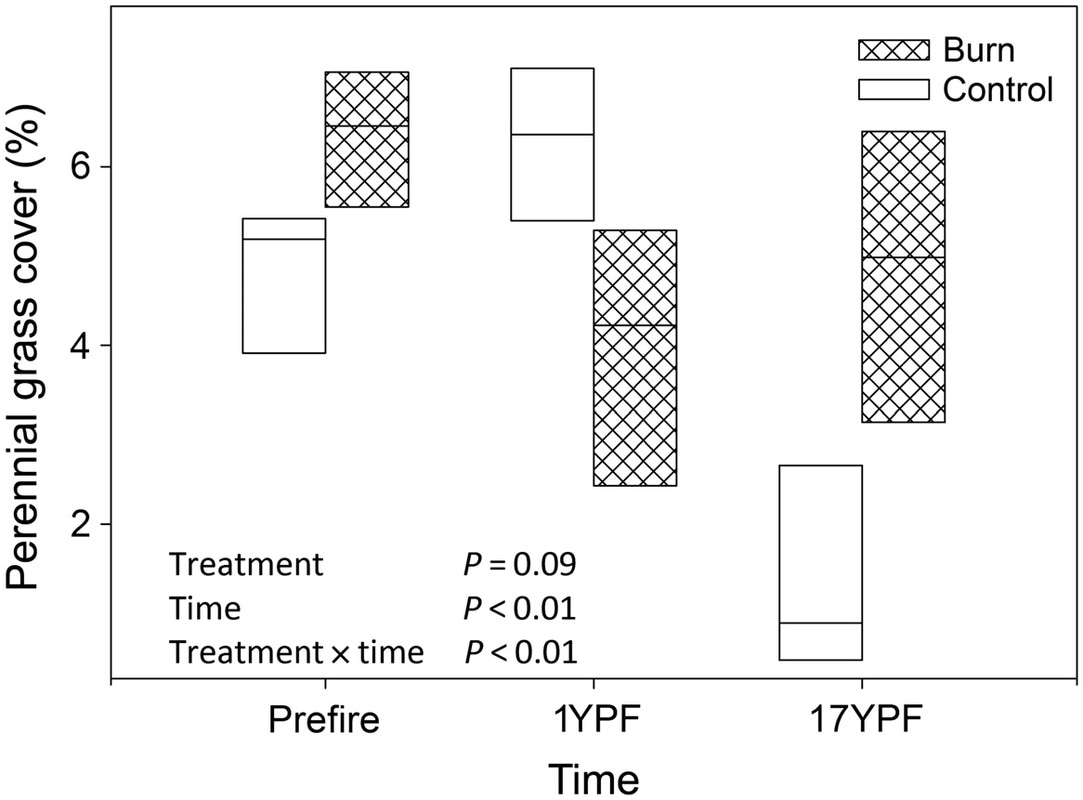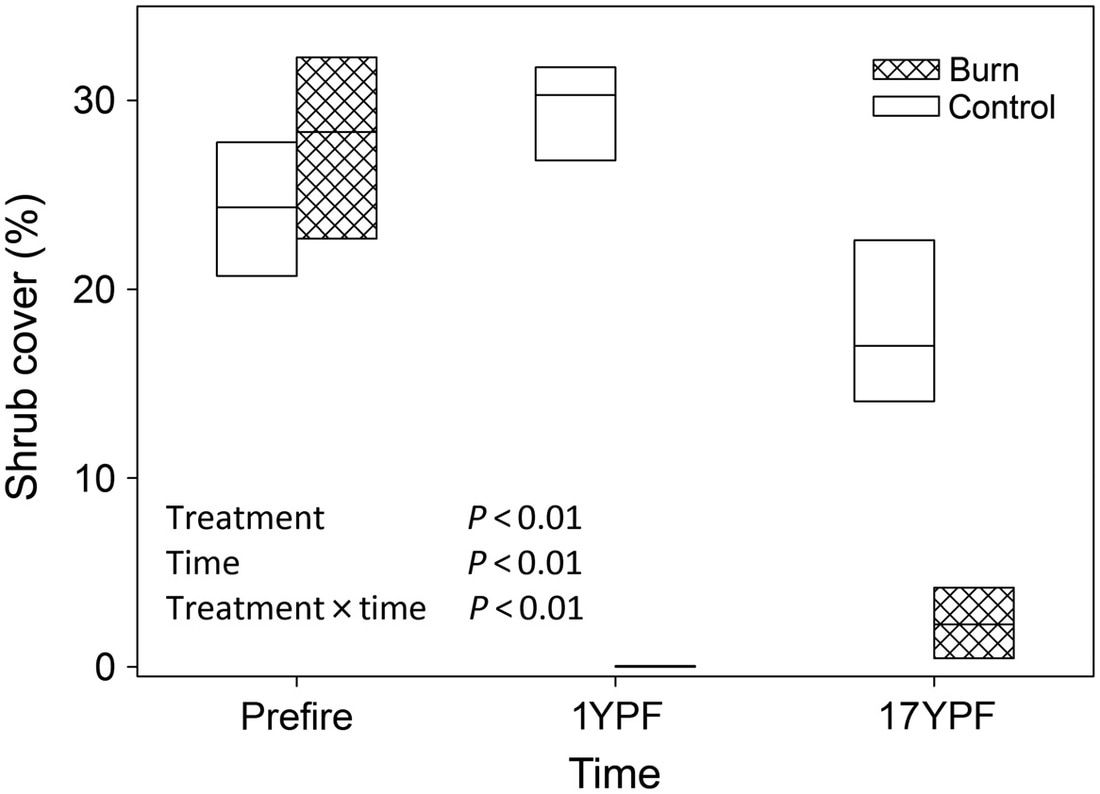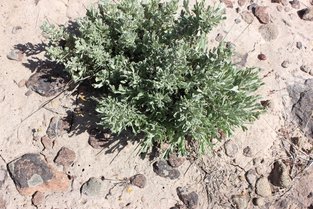Long-term recovery following fire in the sagebrush steppe
|
A major recent focus has been the re-location of historical field plots and data sets, providing unique opportunities to take a long-term look at ecosystem response to disturbance events. In collaboration with Dr. Boone Kauffman (Oregon State University), resource managers at the National Park Service and U.S. Fish and Wildlife Service, this project will quantify the long term influence of past fires (12-30 years) on fuel loads, vegetation composition, and subsequent wildfire behavior in dominant ecosystems of the Northern Great Basin and Columbia Plateau. This research will ultimately describe plant community and wildlife habitat shifts through time, and identify where past fires have altered fuel loads such that the potential for future fire is impacted, and how long following fire these impacts remain. This project is supported by the Joint Fire Science Program and the Greater Sheldon-Hart Conservation Fund.
|

